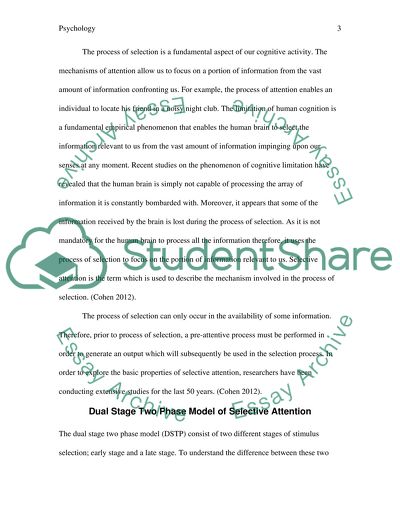Cite this document
(“Early and Late Selection Models of Attention Research Paper”, n.d.)
Early and Late Selection Models of Attention Research Paper. Retrieved from https://studentshare.org/psychology/1454679-the-differences-between-early-and-late-selection
Early and Late Selection Models of Attention Research Paper. Retrieved from https://studentshare.org/psychology/1454679-the-differences-between-early-and-late-selection
(Early and Late Selection Models of Attention Research Paper)
Early and Late Selection Models of Attention Research Paper. https://studentshare.org/psychology/1454679-the-differences-between-early-and-late-selection.
Early and Late Selection Models of Attention Research Paper. https://studentshare.org/psychology/1454679-the-differences-between-early-and-late-selection.
“Early and Late Selection Models of Attention Research Paper”, n.d. https://studentshare.org/psychology/1454679-the-differences-between-early-and-late-selection.


